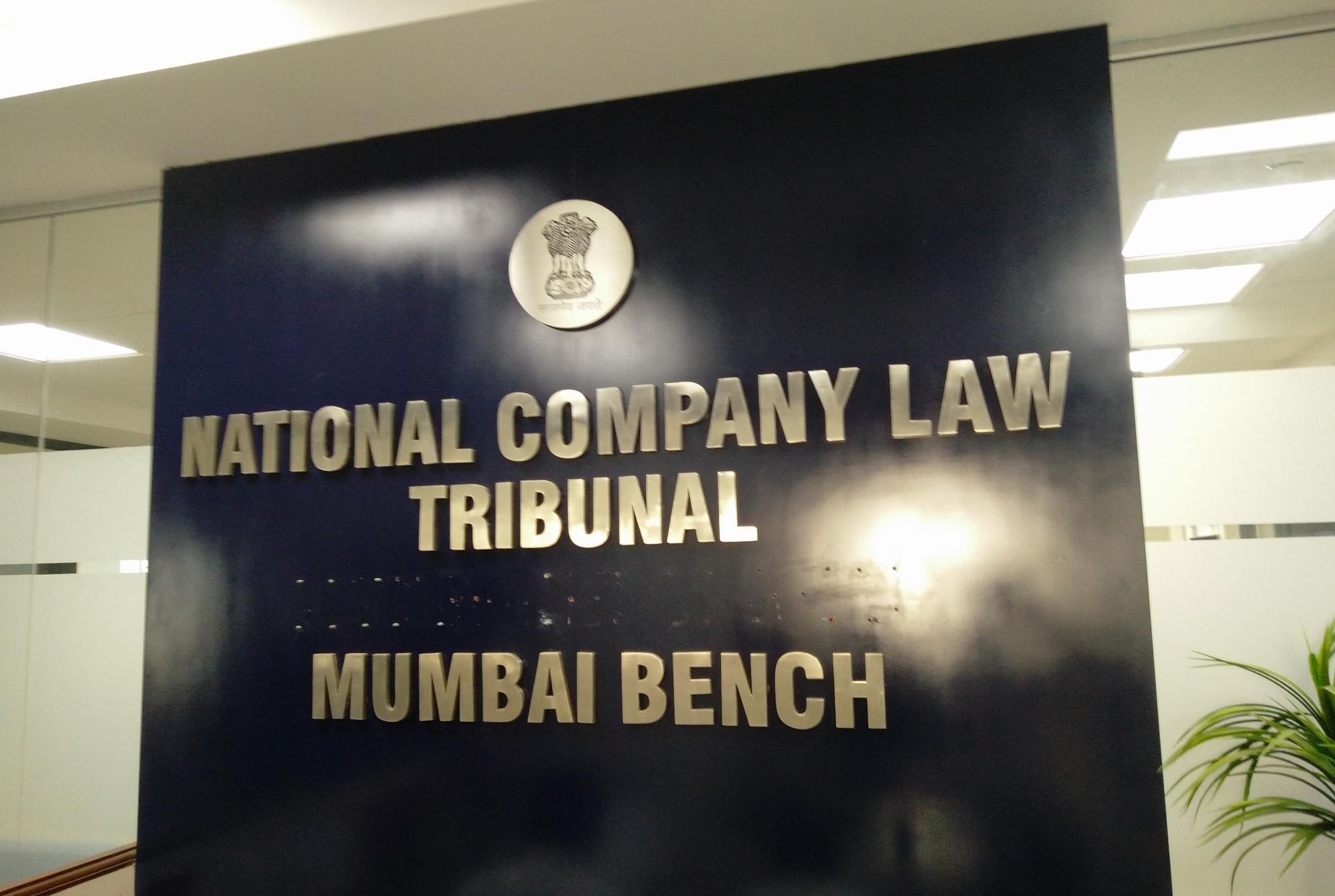Business
The Four Challenges Before NCLT And Why Losers Must Not Become Winners
- It would be a pity if Liberty House and UltraTech are allowed to win (or even rebid) since one missed the deadline, and another quite clearly lost the bid.

Mumbai bench of the NCLT.
Three major bankruptcy cases – Binani Cement, Bhushan Power and Steel, and Essar Steel – are stuck in the works because of legal challenges. In a sense, this is a good kind of problem to have in the early stages of the Insolvency and Bankruptcy Code (IBC), for it means that there are enough bidders for good assets that merely ran into balance-sheet issues.
However, one hopes that the legal questions raised will be resolved quickly and fairly, or else the 270-day limit for resolving such cases will become the first casualty of such legal bickering.
Of the three cases, two relate to bids that challenge the winning bids (Binani and Bhushan), and one to the eligibility of the primary bidders (Essar).
In simple terms, the legal issues involved are these.
One, can bids be reopened for late Latifs who forgot the last date for bidding? In the Bhushan Power and Steel case, Liberty House of the UK moved the National Company Law Tribunal (NCLT) after its bid was rejected since the last date for receiving bids was over (though the bids hadn’t been opened). It has been reported that the Tatas were the highest bidders for the company, till Liberty House entered the picture.
Two, can bids be reopened after one party has already lost it, and now wants to up its bid? In the case of Binani Cement, the best bid came from a consortium led by Dalmia Bharat and it was even declared a winner; the losing bidder, the Birlas’ UltraTech, then did a deal with the Binanis to buy them out and repay the banks in full. Not surprisingly, the Dalmia Bharat people were not amused. The lenders have decided to go with UltraTech as long as the Supreme Court gives them the okay. Clearly, the lenders’ heart is with UltraTech, but their legal minds know that they are contravening the spirit of the law by allowing a loser to change the rules of the game post facto.
Three, how is one to decide whether bidders are linked to previous defaulters? In the Essar Steel case, the resolution professional held both final bids – Arcelor Mittal and Numetal – invalid. The former was invalidated as it had some holdings in Uttam Galva, which had defaulted, at the time of bidding; the latter for having a small Ruia stake. Under the amended IBC law, defaulters cannot bid for assets at the NCLT.
Of the four issues, the third one is easiest to decide. It can be established that those who had any link to another defaulter cannot bid without exiting that company first (or committing to do so within a specified time), or limiting their stake to not more than 10 per cent, assuming the stake was not part of the overall defaulter promoters’ stake.
The most difficult one to decide is the one on late bids for the simple reason that IBC is meant to allow bankers to realise the best price for their assets, and late bids/rebids may well improve realisations. But it would be a pity if Liberty House and UltraTech are allowed to win (or even rebid) since one missed the deadline, and another quite clearly lost the bid. If bids can be reopened this easily, then the whole process will take a toss, for interested parties may use this loophole to take over assets after seeing where the process in heading; and unscrupulous promoters could use the same process to put in frivolous bids to delay resolution. This delaying tactic has been used by Indian promoters to spike resolutions through older mechanisms under the Sick Industrial Companies Act and the Debt Recovery Tribunals.
This is why the NCLT’s decision to exclude days spent in litigation from the 270-day deadline is not a good move, even if it is valid at this incipient state of the bankruptcy law. Futures benches may well take it as a precedent and give longer leeway to litigants, defeating the timebound nature of the resolution process.
How the NCLT, and the Supreme Court, deal with these challenges to the IBC process will determine the future of the insolvency process. The last thing we need is for the IBC wave of resolutions to sink on the sands of delay through endless litigation.
The trick for the NCLT should be to bring matters to a conclusion without having to go to the apex court, where the chances of delay are higher, given the limited bandwidth it has to deal with commercial matters.
April should see a final view on these tricky cases. One hopes the legal issues are settled once and for all.
Introducing ElectionsHQ + 50 Ground Reports Project
The 2024 elections might seem easy to guess, but there are some important questions that shouldn't be missed.
Do freebies still sway voters? Do people prioritise infrastructure when voting? How will Punjab vote?
The answers to these questions provide great insights into where we, as a country, are headed in the years to come.
Swarajya is starting a project with an aim to do 50 solid ground stories and a smart commentary service on WhatsApp, a one-of-a-kind. We'd love your support during this election season.
Click below to contribute.
Latest